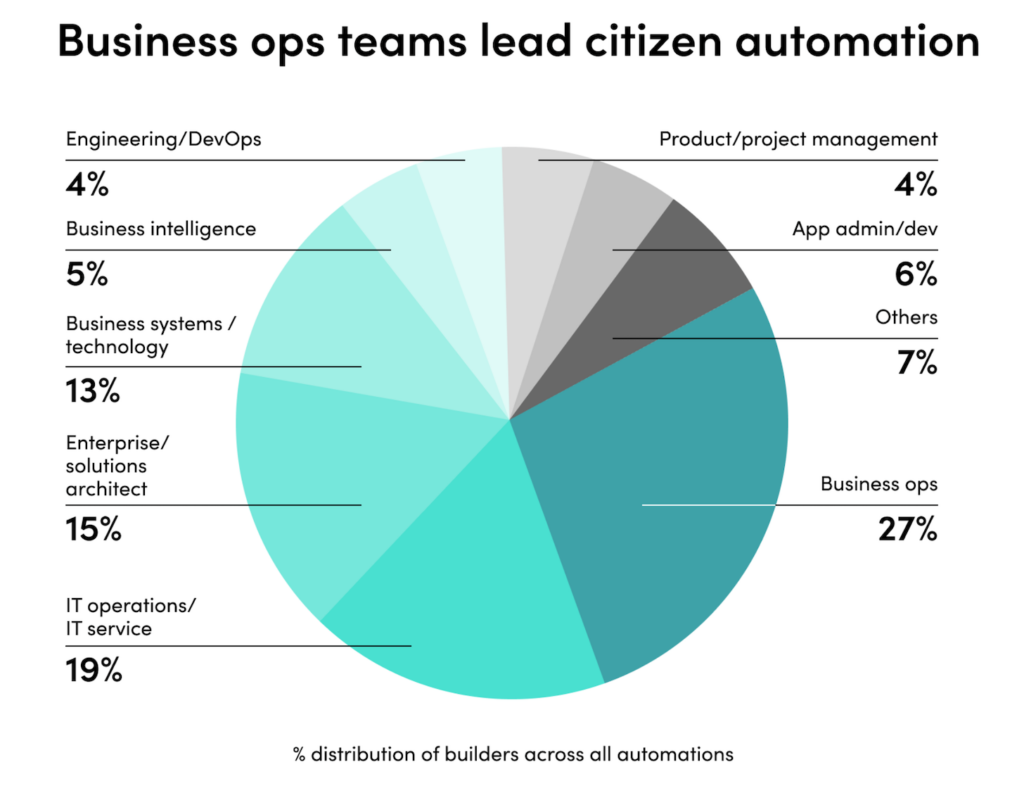It’s been a great few weeks for the “chief marketing technologist” meme: the CMO Strategy editorial in Advertising Age, an article in Marketing Sherpa, and an amazing post by Mitch Joel of Six Pixels of Separation — which spurred a lively discussion in its comments! — with follow-up mentions by Eric D. Brown, Steve Johnson of ProductMarketing.com, SmallBizTechnology.com, IAB SmartBrief, two mentions (one, two) on CMO.com, and a ton of comments on Twitter.
First and foremost, THANK YOU to everyone contributing to and evangelizing this idea. With all the terrific response, it feels like we’re finally reaching a critical mass of energy to recognize “marketing technology” as a strategic dimension of marketing. And, as part of that, officially recognize the role of marketing technologists, a new breed of marketing professional.
One comment that kept coming up in a number of the discussion threads above — and was the key point of the recent CMO-CIO Alignment report by the CMO Council and Accenture: can’t the CMO and CIO just work together better to address this need?
While I would agree that the relationship between marketing and IT is usually a little dysfunctional in many organizations, I don’t think that’s the underlying problem. Even if the two departments do their best to cooperate, minimize the overhead of organizational boundaries as much as possible, and try to overcome the inherent misalignment of their incentives, you’re still going to want a chief marketing technologist.
Why?
In marketing technology, it’s a fallacy to imagine that you can separate the marketing from the technology — at least if you’re doing it well.
Having one person be responsible for the “marketing” in the abstract, and someone else be responsible for the “technology” in the abstract, leaves a dangerous gap — which is what’s often perceived as part of the disconnect between marketing and IT today (even when they’re both doing their best!). The problem in that scenario is that the marketing person doesn’t know what they don’t know about the technology; and vice versa, the technology person doesn’t know what they don’t know about the marketing.
The only real way to solve that paradox is to have someone who understands both the marketing and the technology. And while we could debate the pros and cons of having such hybrid “marketing technologists” work in the marketing department versus the IT department, my rationale is this: if they’re serving marketing, and only marketing, then they should simply be marketing. Otherwise, you’re adding layers of indirection that give you little benefit at the expense of considerable agility and clarity.
And as all the comments (and that CMO Council report) acknowledged: marketing is now very deeply entwined with technology. It’s time to adjust our management practices and professional culture accordingly, and passing the buck to IT isn’t going to cut it.
I still think better cooperation between marketing and IT is a wonderful idea. But it doesn’t excuse marketing from its new responsibility to wield technology as an integral part of its mission and identity.


